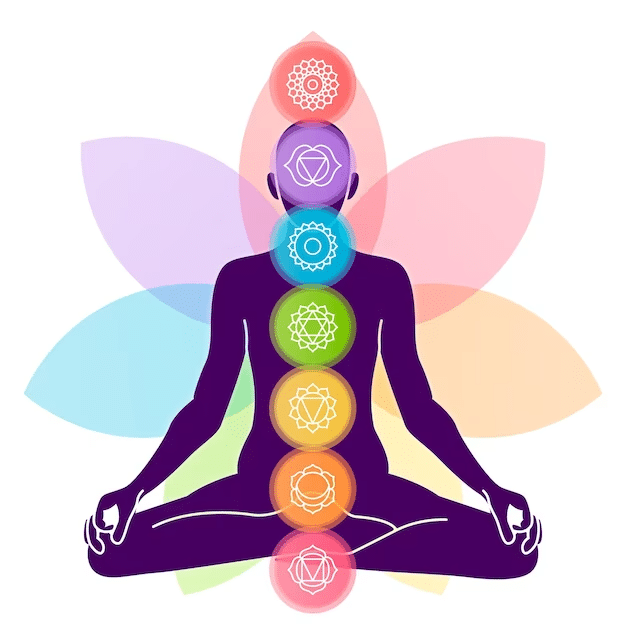
1. What is “Yoga” ?
Yoga is an ancient practice that was invented in India. It is a holistic approach to health and well-being that combines physical postures, breathing excercises and meditation. The word “yoga” is derived from a Sanskrit word “yuj”, which means “to unite”.
2. What does “Yoga” help us achieve?
Yoga helps us to open our Chakras (Those energy which centers in your body that correspond to specific nerve bundles and internal organs) and to keep our mind peacful and to keep our inner and outer body organs healthy.
3. What are the elements of “Yoga”?
The elements of Yoga are:
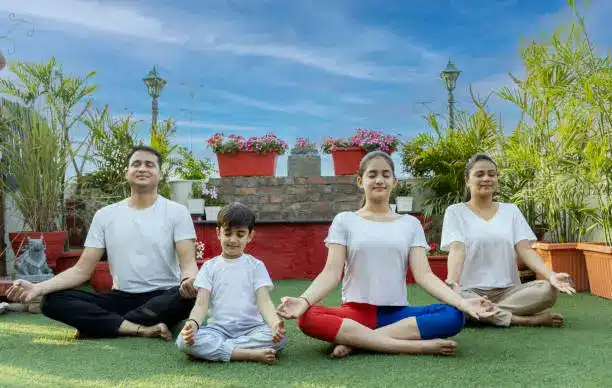
1. YAMA:
It means controlling our behavior. It guides our behavior toward ourselves and towards the world around us.
There are five YAMAS:
(i) Ahimsa
(ii) Satya
(iii) Asteya
(iv) Brahmacharya
(v) Aparigraha.
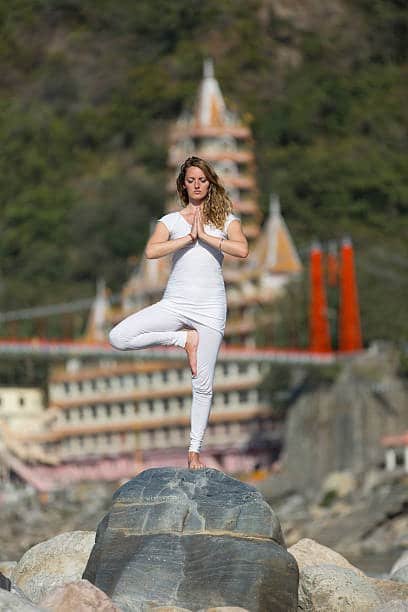
2. NIYAMA:
It means observance and inner restraints. It guides our self-discipline and spiritual development.
There are 5 Niyamas:
(i) Saucha (cleanliness)
(ii) Santosha (satisfaction)
(iii) Tapas (burning of desires)
(iv) Svadhyaya (self-study)
(v) Ishvarapranidhana (surrendering our ego)
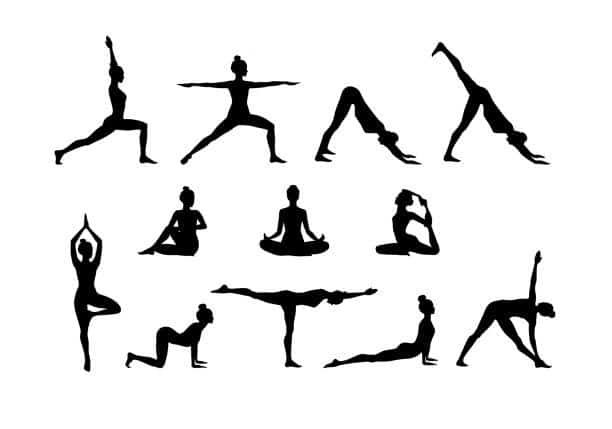
3. ASANA :
It means body posture. It does not mean performing handstands and backbends. It means “seat”, the seat that we would take the practice of meditation.
Well there are many Asanas and some of them are:
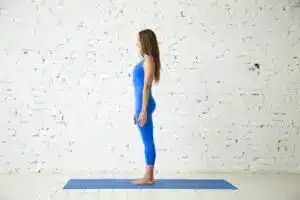
(i) Tadasana : Also called as mountain pose. All you have to do is just stand like a mountain. It helps you in improving body postures and balance.
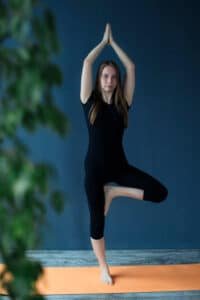
(ii) Vrikshasana: It is also called the tree pose. This helps you balance and strengthen your legs and core.
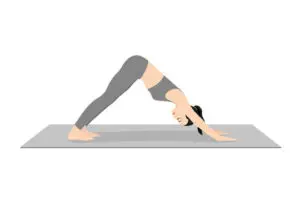
(iii) Adho Mukha Svanasana : It is also called Downward – Facing dog. This pose strengthens the arms, legs and core. It also improves flexibility.
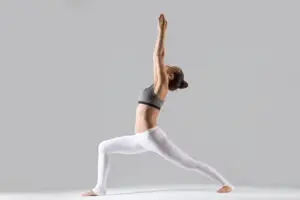
(iv) Virabhadrasana I: It is also called the warrior I pose. It is a standing balance pose. It strengthens the leg and core and improves focus and concentration.
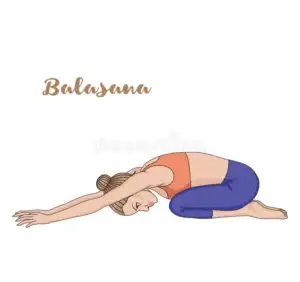
(v) Balasana: It is a child’s pose. This is a resting pose it helps the body and mind to relax. We can do this pose between challenging poses.
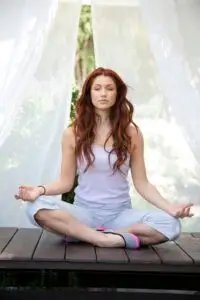
4. PRANAYAMA :
This means breathing techniques. It’s a core part of Yoga. This is an ancient practice done by people to control their breath. It makes our body and mind relaxed.
There are many Pranayama techniques, And some of
they are :
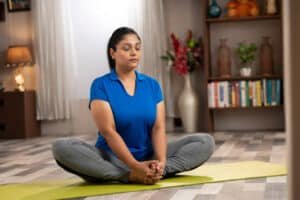
(i) Sama Vritti: This means Equal Breathing. This is a balancing technique. It emphasizes inhalations, exhalation, and breath retentions of equal durations. All you have to do is just sit comfortably and close your eyes. You have to inhale slowly from your nose and then count for 4, retain your breath, and then count for 4 and lastly exhale slowly through your nose and then count for 4. You have to repeat this process for several minutes.
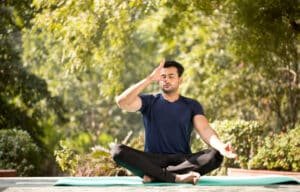
(ii) Nadi Shodhana: It is Alternate Nostril Breathing. These techniques purify our channels (nadi) and balance the nervous system. All you have to do is sit comfortably close to your right nostril and inhale with your left nostril. Then you have to close your left nostril and exhale with your right nostril. This completes one cycle. Repeat it for a few more minutes.
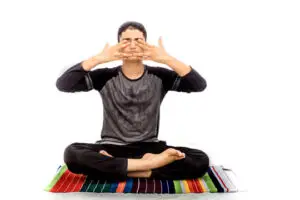
(iii) Bhramari Pranayama: It is also known as bee breath. This technique calms your body and relieves stress. You have to sit comfortably and close your eyes. Inhale deeply through your nose.
As you exhale slowly through your nose, pursue your lips and make a humming sound like a bee. Repeat it for few more minutes.
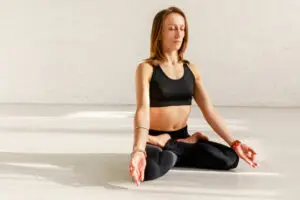
(iv) Kapalbhati: It is also known as skull–shining breath. This technique cleanses the respiratory system. You have to sit comfortably and exhale forcefully through your nose with short bursts. Inhale passively, fill your belly with air. Repeat for several rounds. People who have high blood pressure and have a type of heart disease should never try this technique.
(v) Sitali Pranayama: It is also known as Cooling breath. This technique is refreshing and calming. Sit comfortably stick your tongue out and curl it into U- shape. Inhale slowly through your curled tongue, and then close your mouth and exhale slowly through your nose. Repeat for several minutes. (v) Sitali Pranayama: It is also known as Cooling breath. This technique is refreshing and calming. Sit comfortably stick your tongue out and curl it into U-shaped. Inhale slowly through your curled tongue, and then close your mouth and exhale slowly through your nose. Repeat for several minutes.
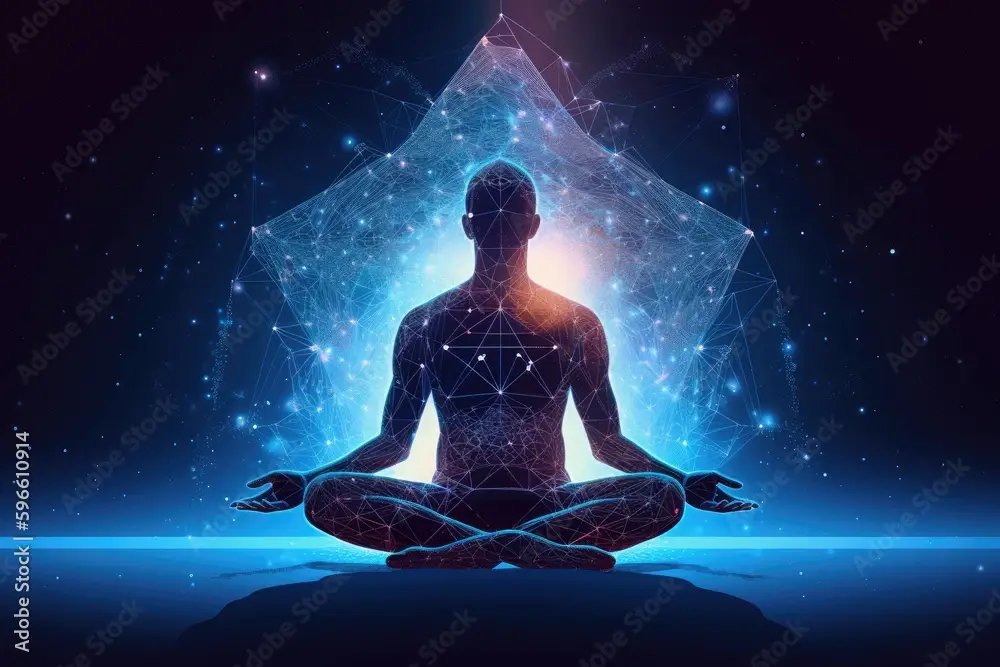
5. PRATYAHARA:
It basically means withdrawal of the senses. Prayatahara comes from the Sanskrit words “Prati” (against or away) and “ahara” (food or what is taken in). In yoga, “ahara” refers to sensory inputs we receive through our five senses (sight, smell, taste, touch and sound). It has many benefits :
It improves concentration and focus for meditation.
It reduces stress and anxiety by not dwelling on external stimuli.
Heightened self-awareness by quieting the constant sensory chatter.
Greater control over your reactions to external situations.
Pratyahara is not a single technique but rather a gradual cultivation of inner control. Some practices that can help you develop Pratyahara:
(i) Meditation
(ii) Pranayama
(iii) Yoga Nidra (Yogic sleep)
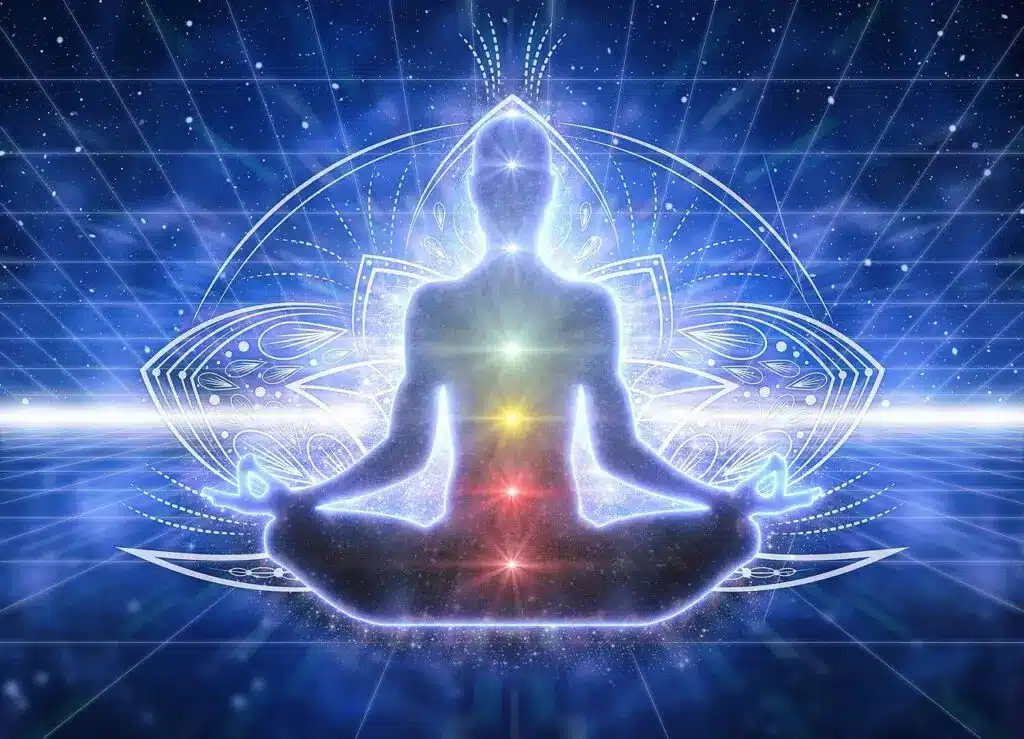
6. DHARANA:
It is all about focused concentration. In Sanskrit, it translates to “holding” or “concentration of mind”. It involves directing all the focus on a single point of concentration. This point can be internal like Mantra or Chakra or can be external like a candle flame or an object. It improves our focus and concentration, it makes our mind quieter, and It helps us to have a deeper meditation practice.
The practices of Dharana are:
Focus on the breath
Mantra meditation (using mantra as your focus point by repeating it silently in your mind)
Trataka (stare intently at a single point, like a candle flame or an object. Be mindful not to strain your eyes)

7. DHYANA:
It means meditation. It is a state of effortless absorption where your attention becomes completely focused on a single object or idea.
Characteristic of Dhyana :
Effortless attention: The mind becomes like a laser beam completely get absorbed in the object of meditation.
Inner peace: Distracting thoughts and worries fade away as the mind becomes fully immersed in the present moment
Clarity and Awareness: Your perception becomes clear and sharp.
The benefits of Dhyana are:
It reduces stress and anxiety.
It improves mental clarity and focus.
Greater self-awareness.
Enhanced emotional regulations.
Promotes feelings of inner peace and well-being.
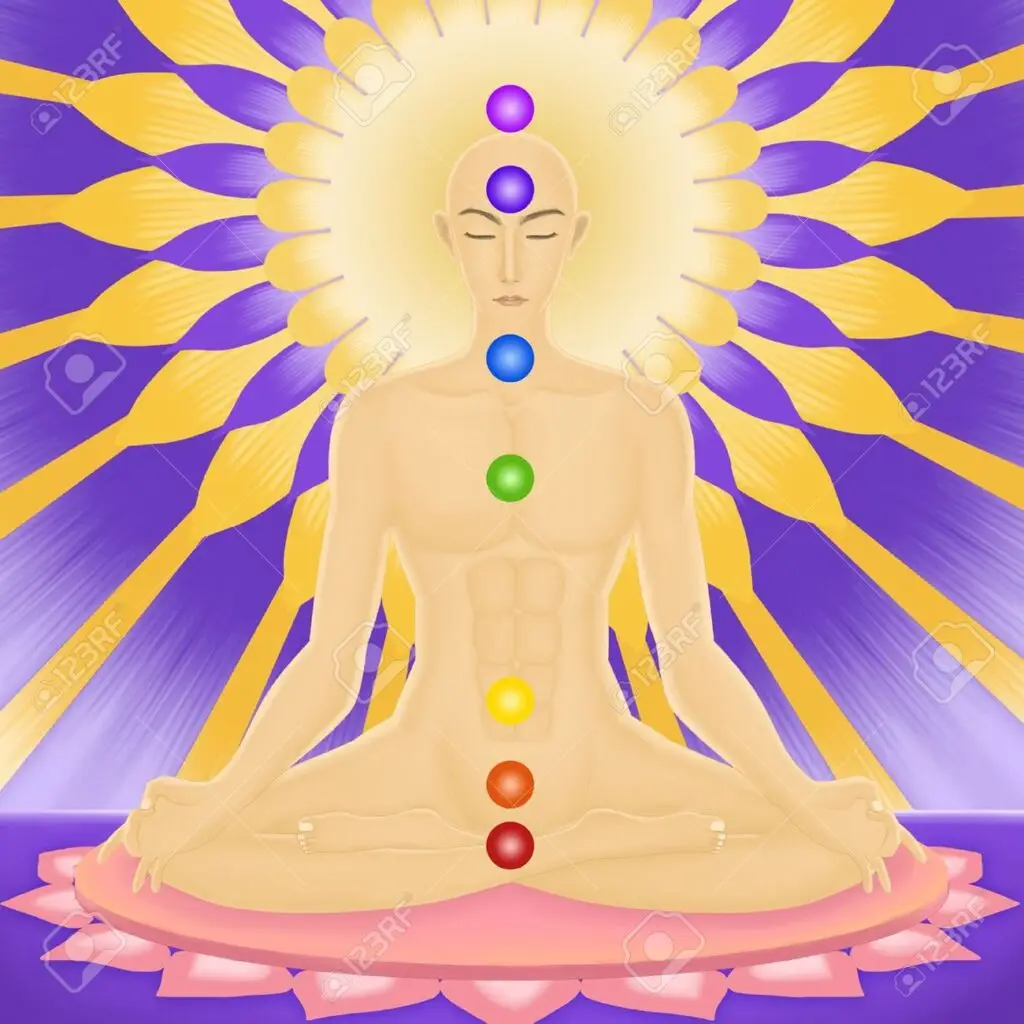
8. SAMADHI:
It is considered the ultimate goal of yoga practice. It’s a state of enlightenment or complete absorption where the separation between the self and the object of meditation dissolves. Samadhi is a transcendent state where the practitioner transcends the limitations of the mind and ego.
There are two levels of Samadhi:
(i) Samprajnata Samadhi: A state with awareness of a subtle object of meditation. The meditator is aware of being in Samadhi.
(ii) Asamprajnata Samadhi: A state of complete oneness without any object of meditation. There’s no awareness of self or other, just pure being.
The benefits of Samadhi are:
Unconditional love and joy
Limitless awareness
Liberation from suffering
A deep sense of connection to all things
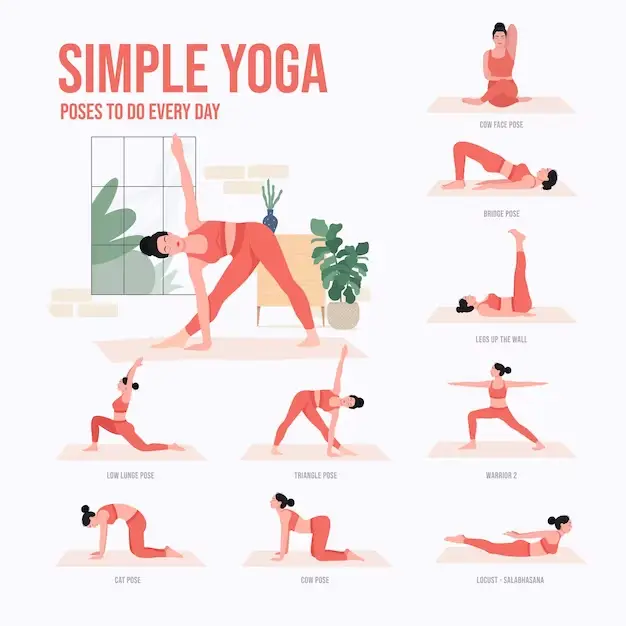
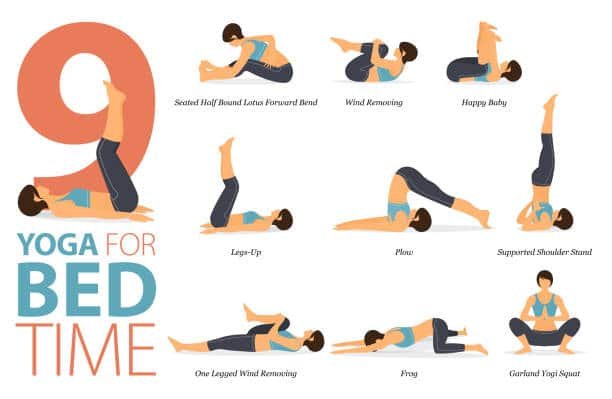
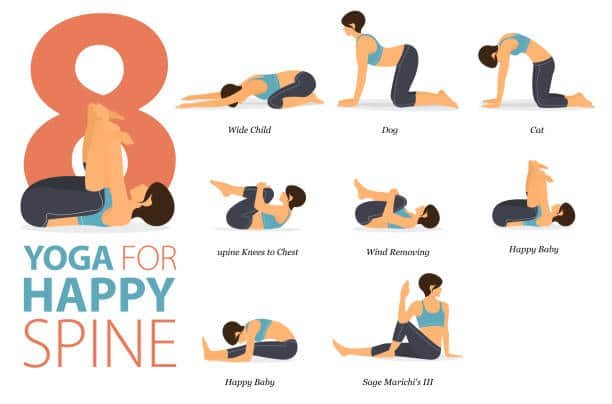
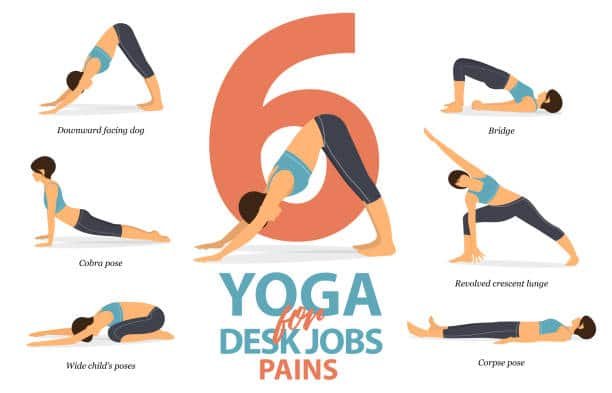
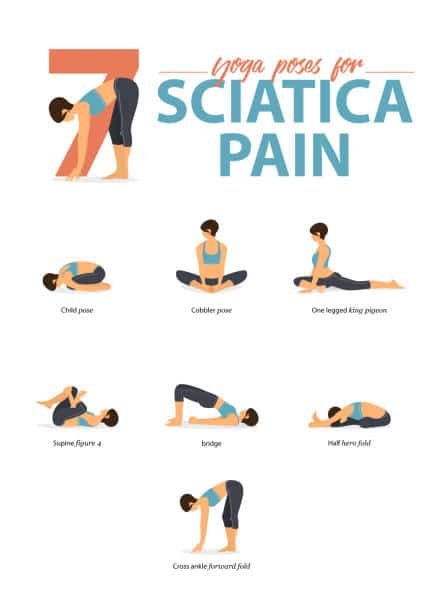
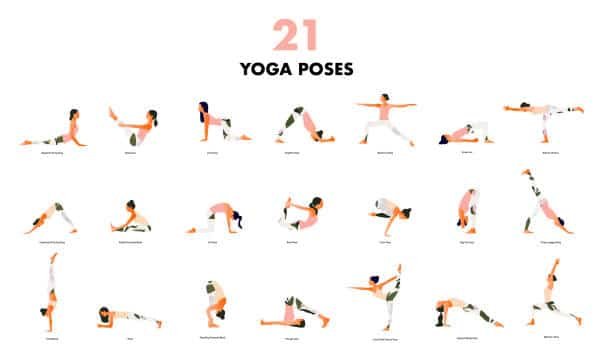


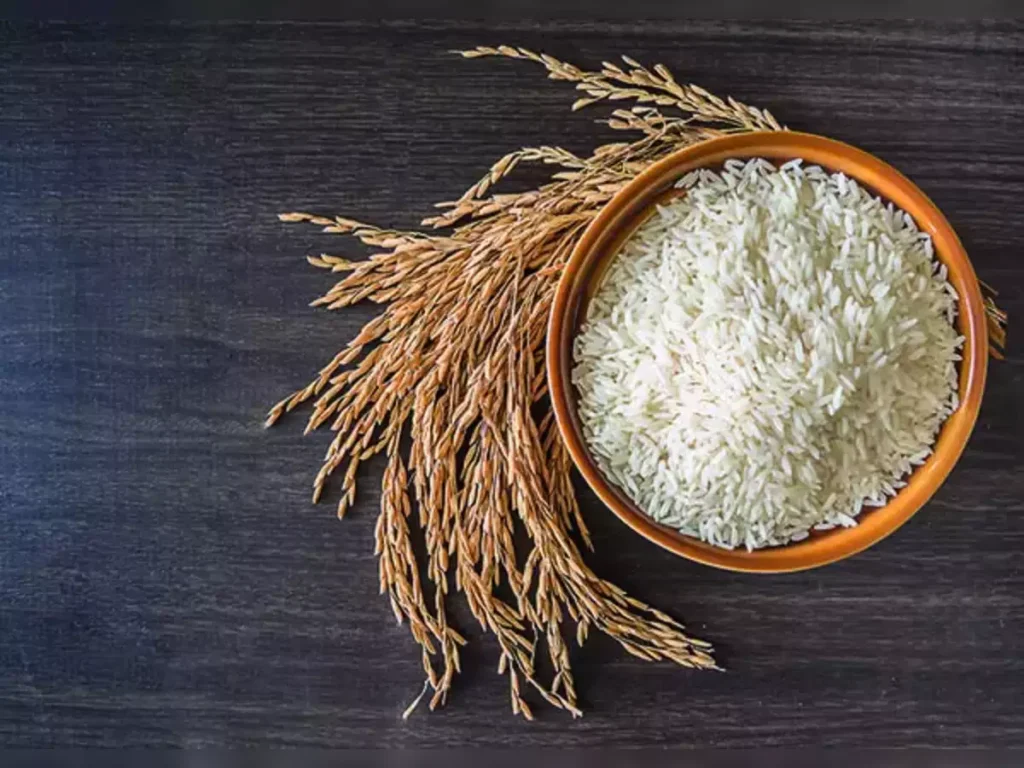

Модные заметки по выбору отличных луков на каждый день.
Заметки экспертов, новости, все новинки и мероприятия.
https://mvmedia.ru/novosti/122-gde-luchshe-pokupat-originalnye-brendovye-veshchi-kak-vybrat-nadezhnye-magaziny-i-platformy/